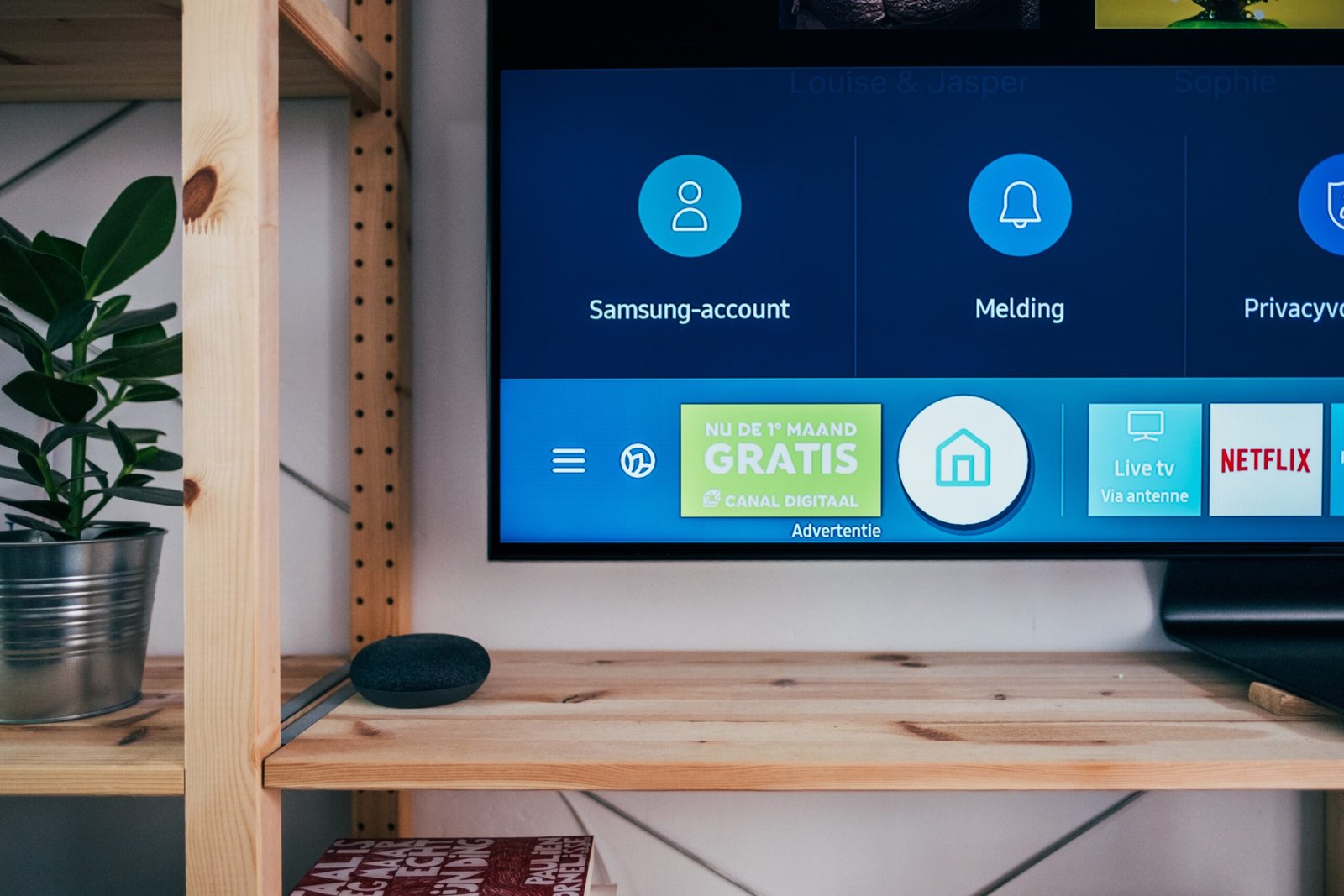
Cable television has come a long way since its inception. From its humble beginnings as a means to improve television reception, cable has evolved into a powerful medium that delivers a wide range of entertainment and information to millions of households around the world.
The Early Days of Cable
In the early days, cable television was primarily used to enhance television reception in areas with poor signal quality. It allowed households to access a greater number of channels and enjoy improved picture and sound quality. However, the content was still limited to the channels available over the airwaves.
As technology advanced, cable operators began to offer additional channels and services. This led to the birth of cable networks, such as HBO and ESPN, which provided specialized programming that was not available on broadcast television.
The Rise of Analog Cable
In the 1980s and 1990s, analog cable became the standard for delivering television signals to households. Analog cable systems used coaxial cables to transmit signals, allowing for a greater number of channels and improved picture quality compared to over-the-air broadcasts.
Analog cable also introduced the concept of pay-per-view and premium channels. Viewers could now access movies and special events from the comfort of their own homes, without having to go to a theater or pay for expensive tickets.
The Digital Revolution
The advent of digital technology revolutionized the cable industry. Digital cable systems replaced analog systems, offering viewers a wider range of channels, improved picture and sound quality, and interactive features.
With digital cable, viewers could now access hundreds of channels, including high-definition (HD) channels, on-demand content, and interactive program guides. Digital cable also paved the way for new services, such as video-on-demand, where viewers could choose and watch movies or TV shows at their convenience.
The Future of Cable
With the rise of streaming services and online content, some have questioned the future of cable television. However, cable providers have adapted to the changing landscape by offering their own streaming platforms and integrating popular streaming services into their cable packages.
While streaming services provide a convenient way to access content, cable still offers advantages such as live sports, news, and a wide variety of channels. Additionally, cable providers are investing in advanced technologies, such as fiber-optic networks, to deliver even faster internet speeds and enhance the viewing experience.
As technology continues to evolve, the cable industry will likely continue to adapt and innovate to meet the changing demands of viewers. Whether it’s through new features, improved picture quality, or expanded content offerings, cable television will remain a significant player in the entertainment landscape.
In conclusion, cable television has undergone a remarkable transformation over the years. From its early days as a means to improve television reception, to the digital revolution that brought us hundreds of channels and interactive features, cable has proven its resilience and adaptability. While streaming services may have gained popularity, cable television still offers a unique viewing experience that cannot be replicated. So, the next time you sit down to watch your favorite show, remember the journey that cable has taken to bring you that entertainment.